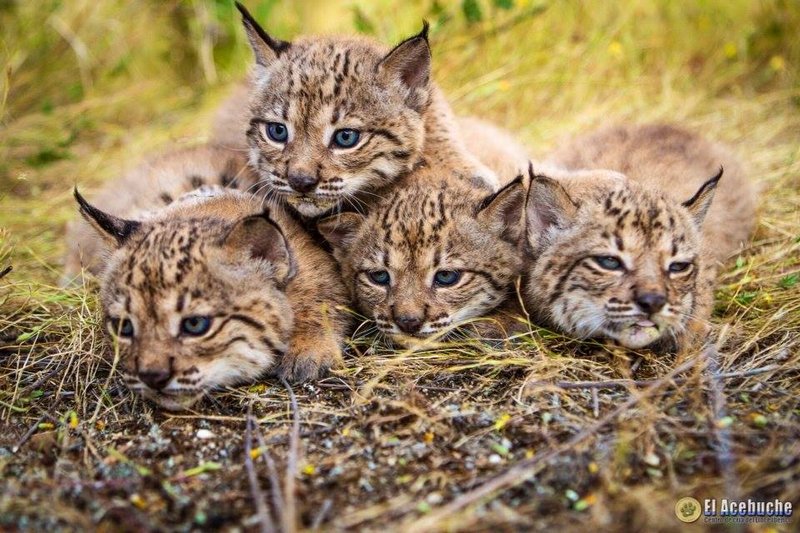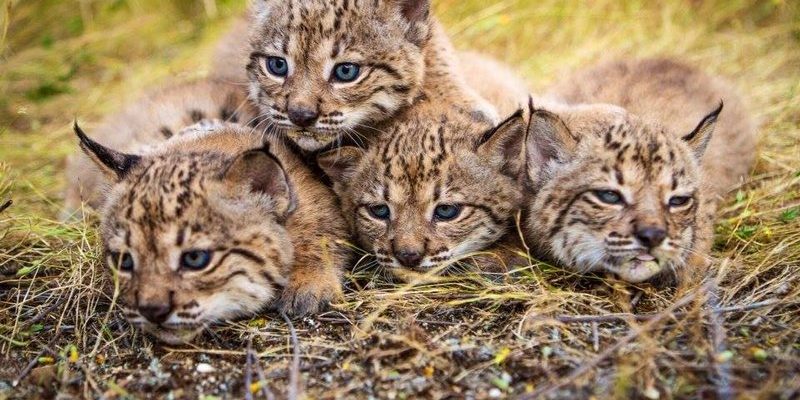
The Iberian lynx relies heavily on its environment and skills to find food. For instance, its primary meal is the European rabbit—think of it as their version of fast food. But hunting isn’t as easy as it sounds. With a combination of stealth, patience, and skill, these cats have developed specialized strategies that make them excellent hunters. So, let’s dive into the intriguing world of the Iberian lynx, exploring what it eats and how it catches its food.
The Iberian Lynx: A Quick Overview
Before we delve into their diet and hunting strategies, it’s helpful to have a little background on the Iberian lynx itself. This beautiful lynx is known for its tufted ears, spotted coat, and short tail. With a height of around 16 to 26 inches and a weight between 20 to 35 pounds, its appearance is truly striking.
Historically, this lynx roamed across much of Europe and parts of Asia, but today, it’s primarily found in southern Spain and Portugal. Their habitat ranges from dense forests to scrubland, but they primarily thrive in areas with a healthy population of rabbits. You might be wondering why that’s relevant. Well, the Iberian lynx is a top predator in its ecosystem, and its diet directly affects the health of its environment.
The Primary Diet of the Iberian Lynx
So, what does the Iberian lynx actually eat? The answer is simple yet critical: European rabbits. In fact, they depend on these rabbits for a staggering 80% of their diet. It’s almost as if they’ve found the perfect fast-food joint that’s always open and right around the corner.
You see, rabbits are not only abundant in their habitat but also provide the nutrition the lynx needs to thrive. In addition to rabbits, the diet of the Iberian lynx may also include small rodents, birds, and occasionally even reptiles. However, rabbits are the primary target because of their high availability. If there’s a problem with the rabbit population, it can lead to some serious issues for the lynx. You can think of this relationship as a delicate balance; if one side falters, the other follows.
Hunting Techniques of the Iberian Lynx
Now that we know what they eat, let’s explore how the Iberian lynx hunts. Their hunting methods are a blend of stealth, patience, and a dash of sprinting. Here’s the thing: this isn’t just a game of chase. The lynx relies on its keen senses, particularly its exceptional hearing and sharp eyesight, to locate prey.
They often hunt alone or in pairs, using their camouflage to blend into the environment. Imagine being a child playing hide and seek, crouching behind a bush, hoping not to be found. That’s what the lynx does. It stalks its prey quietly, moving slowly and silently through the bush. When the moment is right, they use sudden bursts of speed to pounce—a bit like a sprinter launching off the blocks.
The Role of Habitat in Hunting
The hunting success of the Iberian lynx is significantly affected by its habitat. They prefer areas with dense vegetation that offers cover, allowing them to sneak up on their prey. Think of it as choosing the best spot for fishing; being in the right place increases your chances of a catch.
Unfortunately, habitat loss is a major threat to their survival. As forests and grasslands are cleared for agriculture and urban development, this puts additional pressure on rabbit populations and, in turn, the lynx. This delicate balance makes understanding and preserving their habitat crucial not just for the lynx, but for the entire ecosystem.
Challenges in the Iberian Lynx’s Diet
While the Iberian lynx has adapted well to its environment, it faces numerous challenges. The biggest issue is the declining rabbit population due to various factors, including diseases like myxomatosis and rabbit hemorrhagic disease. When the rabbit population drops, it creates a tricky situation for the lynx.
In addition, competition from other predators, such as foxes and birds of prey, can also affect their ability to hunt successfully. And let’s not forget human interference. Urban expansion and agricultural practices can make hunting even harder by altering the landscape and reducing rabbit habitats.
Conservation Efforts and Their Impact
Given the critical status of the Iberian lynx, conservation efforts have ramped up in recent years. Programs aimed at protecting habitats and restoring rabbit populations are vital. You might wonder if these initiatives are working. Well, the good news is that due to concerted conservation efforts, the population of Iberian lynx has slowly started to recover.
These efforts often include creating protected areas, breeding programs, and monitoring lynx movements using GPS collars. These strategies not only help the lynx but also support biodiversity in their ecosystem as a whole.
The Iberian lynx is a captivating creature that showcases nature’s wonders and complexities. Its specialized diet and unique hunting strategies highlight the importance of every single element in its ecosystem. Understanding these aspects is essential to appreciating the challenges this magnificent cat faces and recognizing the urgent need for conservation efforts. By protecting their habitat and ensuring a healthy rabbit population, we can help secure a future for the Iberian lynx, ensuring that this beautiful animal continues to roam the Iberian Peninsula for generations to come.

